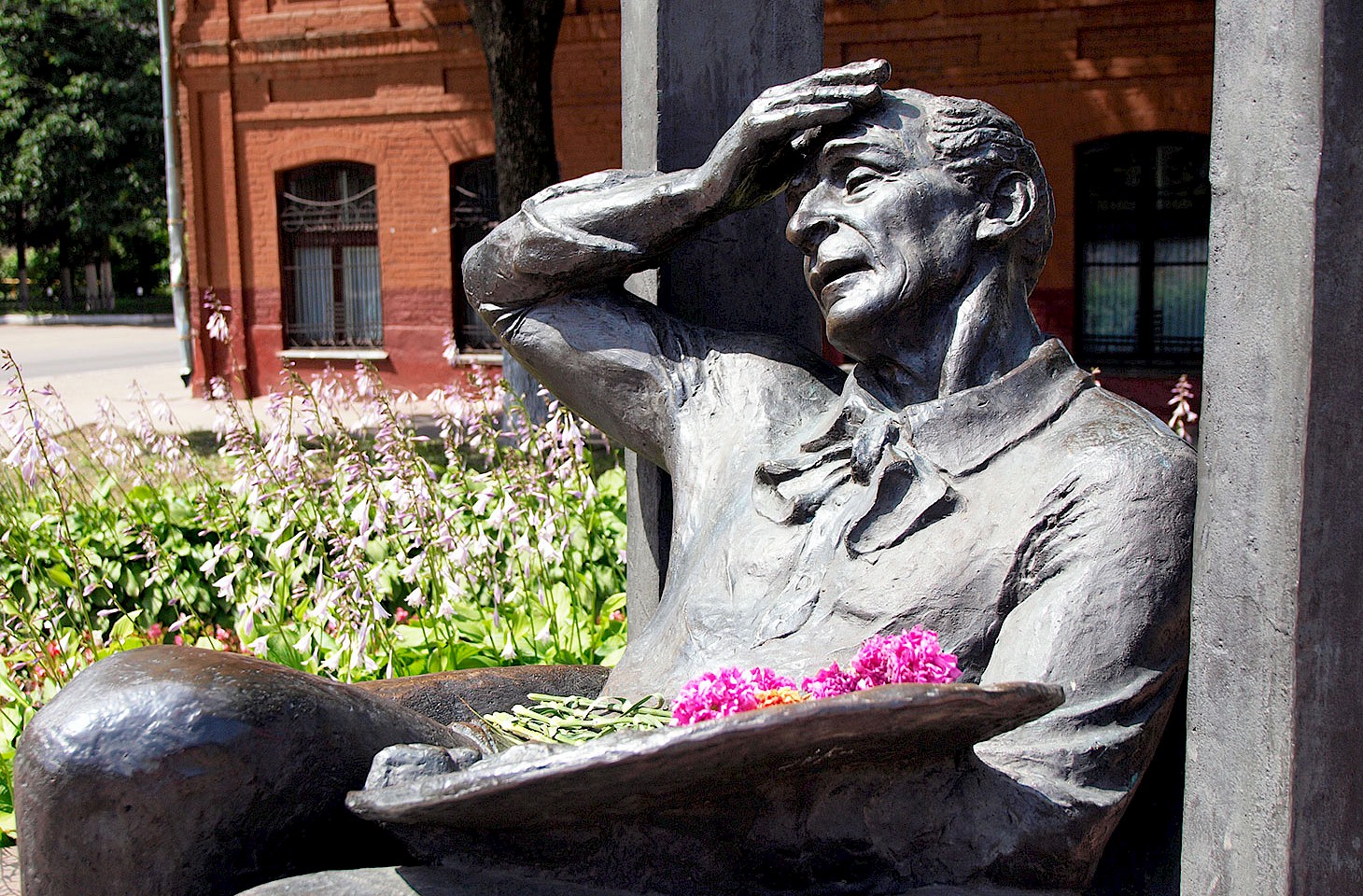Dear fellow travellers
Some of the most interesting places in Europe are wonderful ethnic kaleidoscopes, and we touch down in a few such spots in the May issue of hidden europe. You can already get a taster of what's to come in hidden europe 14 by looking at the full table of contents of this upcoming issue here. One of the places we report from in the May issue of the magazine is Grodna in Belarus - a remarkable place where a hundred years ago the streets echoed to the sounds of Yiddish voices. Today the old synagogue sits rather forlornly on a bluff overlooking the little Garadnichanka river that weaves through the town. The Orthodox cathedral and a dozen Roman Catholic churches are packed these days in the town where Lenin still stands on his plinth. It's an odd place, a spot where you can still catch the feel of the old Soviet Union. Old Russian insignia sit alongside modern consumer products from western Europe. The market bustles. No Yiddish nowadays, but plenty of Belorussian, Polish and Russian.
The railway station is a fine piece of Stalinist chic, where folk with improbably large bundles of banknotes seem to be forever engaged in private transactions. There is a mezzanine floor that overlooks the main booking hall. Here there are three dozen huge mock-leather armchairs, a haven where a giant with an afternoon to spare might wile away some hours. Payment of just a few cents gives travellers access to this premium-class waiting area, though in truth we have never actually seen anyone sitting in the posh chairs. That says a lot about Grodna, a gritty sort of place, down to earth and likeable, a town where a bit of smuggling (for Lithuania and Poland are both nearby) helps the family budget. Oh yes, they drink Irn-Bru too. Well at least the shops are full of Scotland's favourite soft drink, though quite how the good citizens of Belarus developed a taste for Irn-Bru is a mystery that not even hidden europe has been able to fathom.
preview: hidden europe 14
There are islands aplenty in the May hidden europe. We touch down in Jan Mayen, a remote outpost of Norway off Greenland's east coast. Ingolf and Grayling are the only long term residents of the small Norwegian base on the island. Ingolf and Grayling, it has to be said, are dogs.
But there are yet stranger spots in hidden europe 14. We investigate a claim that the uninhabited Caribbean island of Redonda might have some Irish connections. And could it really be that a tiny fragment of the former German Democratic Republic survives just on a small cay just off the south coast of Cuba?
It is that time of year when Europe's festival season opens. Whether it be the encierro at Pamplona or an overdose of Wagner at Bayreuth, there are some who see festivals as defining moments in their annual calendar. But just how authentic are some of these events? Some started off as quite modest ventures, like London's Notting Hill carnival. But today it is less the descendants of slaves marking their freedom to walk the streets and rather more a carefully orchestrated event. We report in hidden europe 14 on two reindeer festivals, one in a remote community in the tundra of the Russian Arctic and the other in a Finnish coastal town.
When was the last time you took a good look at your passport? Did you know that the Russian writer, Anton Chekhov, travelled for years without a passport, merely taking with him his university diploma as evidence of his identity and good character? The modern-style passport is quite a recent creation, as we find in an article on the history of the passport in the May hidden europe. All that, a few thoughts on what makes a country, plus reports from the Kingdom of Fife (Scotland), Saaremaa (Estonia), Lake Prespa (on the Albania / Greece / Macedonia border) and from Marne-la-Vallée (near Paris) in hidden europe 14.
Nicky Gardner and Susanne Kries
(editors, hidden europe magazine)


